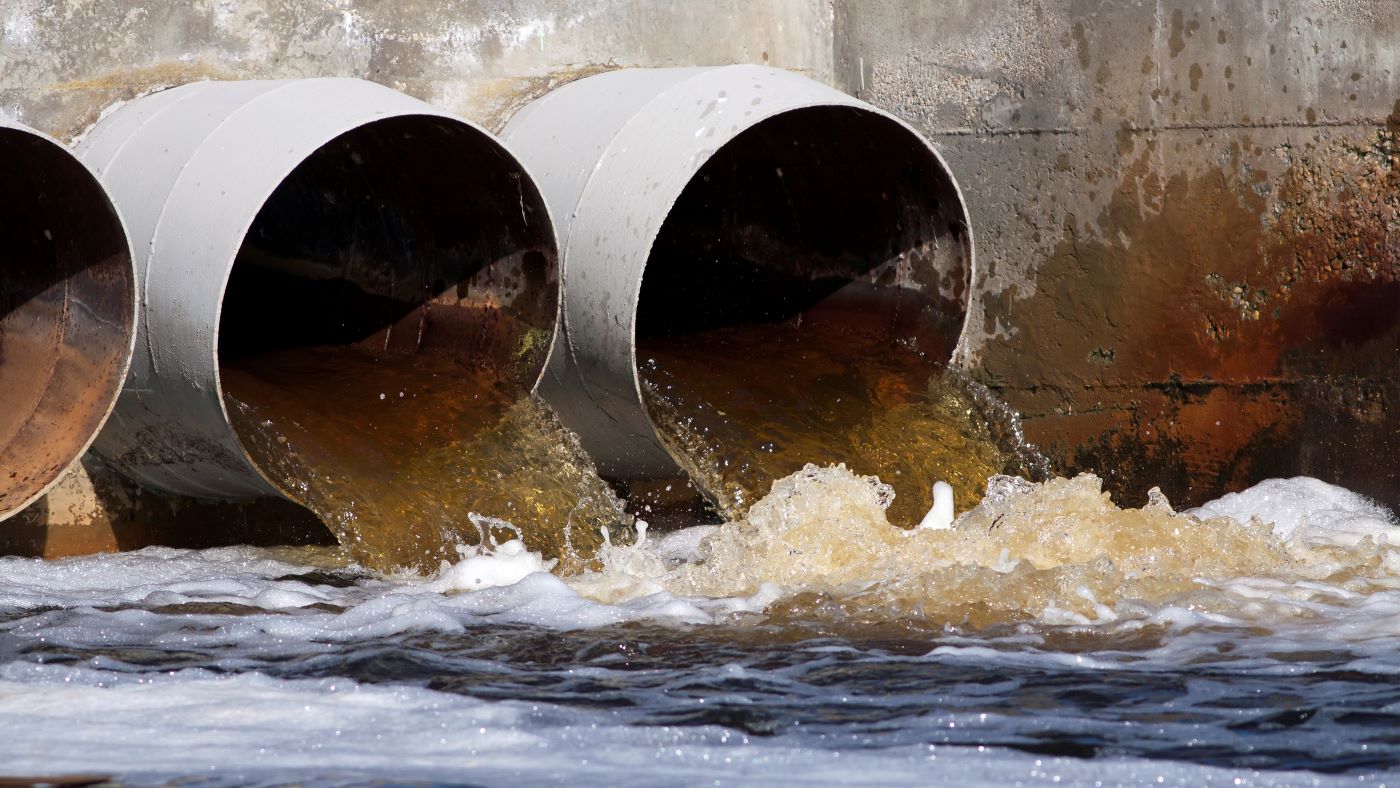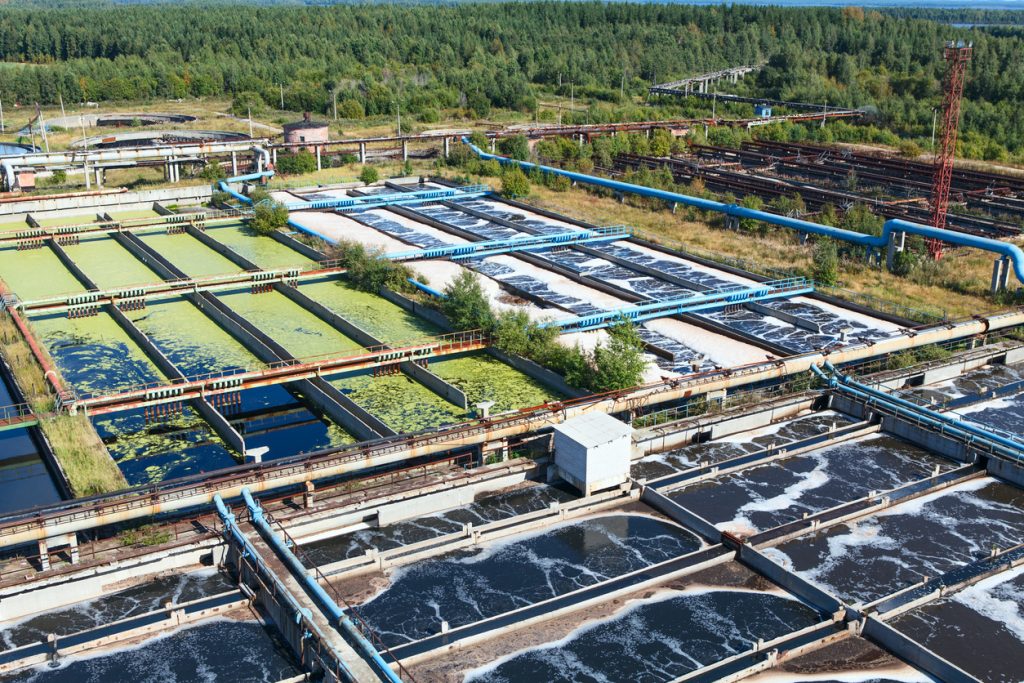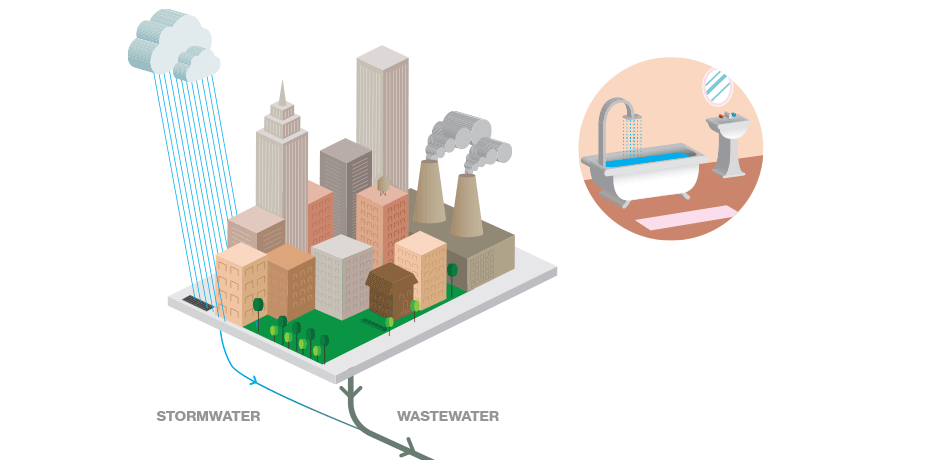Comprehensive Guide to Industrial Waste Water Treatment Processes
Strategic Approaches to Boost Waste Water Therapy Efficiency and Lessen Ecological Influence
In the world of waste water treatment, the quest for boosted effectiveness and decreased environmental influence is a perpetual obstacle that demands strategic remedies. The assimilation of sophisticated therapy innovations, energy-efficient processes, source recovery approaches, improved nutrient removal methods, and smart surveillance and control systems represents a complex structure for resolving these pressing concerns.
Advanced Therapy Technologies
Sophisticated membrane filtration systems have transformed sophisticated wastewater treatment processes, substantially boosting the elimination of impurities. This modern technology has actually confirmed to be very reliable in getting rid of a wide range of contaminants, including drugs, hefty steels, and natural compounds, which are commonly testing to get rid of through conventional treatment methods.
In addition, membrane purification systems use various benefits over traditional therapy techniques. Additionally, these systems are very flexible and can be conveniently integrated right into existing treatment plants or made use of as standalone systems for decentralized applications.
Energy-Efficient Procedures
The combination of energy-efficient procedures in wastewater therapy systems is essential for maximizing source usage and minimizing functional prices. One vital method to improving power efficiency in wastewater treatment is the utilization of sophisticated aeration systems, such as fine bubble diffusers or surface area aerators, which can boost oxygen transfer efficiency and decrease energy consumption.
Moreover, enhancing procedure control and automation via the usage of innovative sensing units and monitoring systems can enhance overall energy efficiency by adjusting procedures in real-time based upon real need and problems. Carrying out energy audits and consistently checking power efficiency signs are necessary techniques to determine areas for improvement and track energy-saving initiatives effectively. On the whole, the fostering of energy-efficient procedures in wastewater treatment not only profits the atmosphere however also adds to lasting expense savings and functional sustainability.
Source Healing Techniques
With a focus on maximizing resource utilization and sustainability in wastewater therapy systems, the application of resource recuperation methods emerges as a pivotal facet in improving operational performance. Resource recovery approaches in wastewater treatment involve the recognition and extraction of beneficial resources from the waste stream, thereby transforming what was once considered waste right into a valuable property. By carrying out resource recuperation methods such as nutrient elimination and healing, energy generation from organic issue, and the manufacturing of multiple-use water, wastewater treatment plants can reduce ecological influence while making best use of performance.

Improved Nutrient Elimination Methods
Applying innovative nutrient removal techniques is important for maximizing the efficiency of wastewater therapy systems. One of the essential methods utilized for enhanced nutrient elimination is the procedure of biological nutrient removal (BNR), which involves the elimination of nitrogen and phosphorus via biological processes.

In addition to BNR, visit here advanced treatment approaches such as membrane bioreactors (MBRs) and constructed marshes can additionally be employed to enhance nutrient removal effectiveness. MBRs make use of membrane layers to accomplish premium effluent requirements by successfully eliminating nutrients and suspended solids. Built marshes imitate all-natural wetland processes to remove nutrients through plant uptake, microbial task, and sedimentation. By incorporating these sophisticated nutrient elimination methods right into wastewater therapy municipalities, systems and markets can efficiently decrease nutrient contamination and protect the environment.
Smart Tracking and Control Equipment
Utilizing cutting-edge technology, the combination of clever monitoring and control systems changes the operational efficiency of wastewater therapy facilities. These systems incorporate sophisticated sensors and data analytics to continually keep an eye on essential criteria such as pH levels, turbidity, liquified oxygen, and flow prices in real-time. By gathering and evaluating this information, operators can obtain useful insights right into the performance of the treatment procedures, allowing aggressive modifications to optimize treatment effectiveness.
Smart tracking and control systems additionally support remote monitoring abilities, enabling drivers to gain access to real-time data and control features from off-site locations. This remote access enhances operational adaptability and responsiveness, allowing speedy treatments in situation of system breakdowns or variations in influent quality. The predictive upkeep capacities of these systems help prevent tools failures and decrease downtime, eventually boosting the total integrity of wastewater treatment procedures.
Conclusion
To conclude, critical approaches such as advanced treatment innovations, energy-efficient procedures, source recuperation approaches, enhanced nutrient removal techniques, and smart monitoring and control systems play a crucial role in enhancing wastewater treatment efficiency and reducing environmental impact. By executing these methods, wastewater treatment plants can improve their overall performance, reduce energy consumption, recuperate useful sources, and make sure conformity with environmental policies. These methods are vital for sustainable and efficient see this website wastewater monitoring techniques.

In verdict, tactical techniques such as advanced treatment modern technologies, energy-efficient processes, source recuperation techniques, boosted nutrient elimination techniques, and wise surveillance and control systems play a vital role in improving wastewater therapy efficiency and lessening ecological impact.